AWESOME ANIMALS

hy do we have pets? How have animals helped us in the st? What curious creatures do we have in our lection? This Case File celebrates all things Animalia!




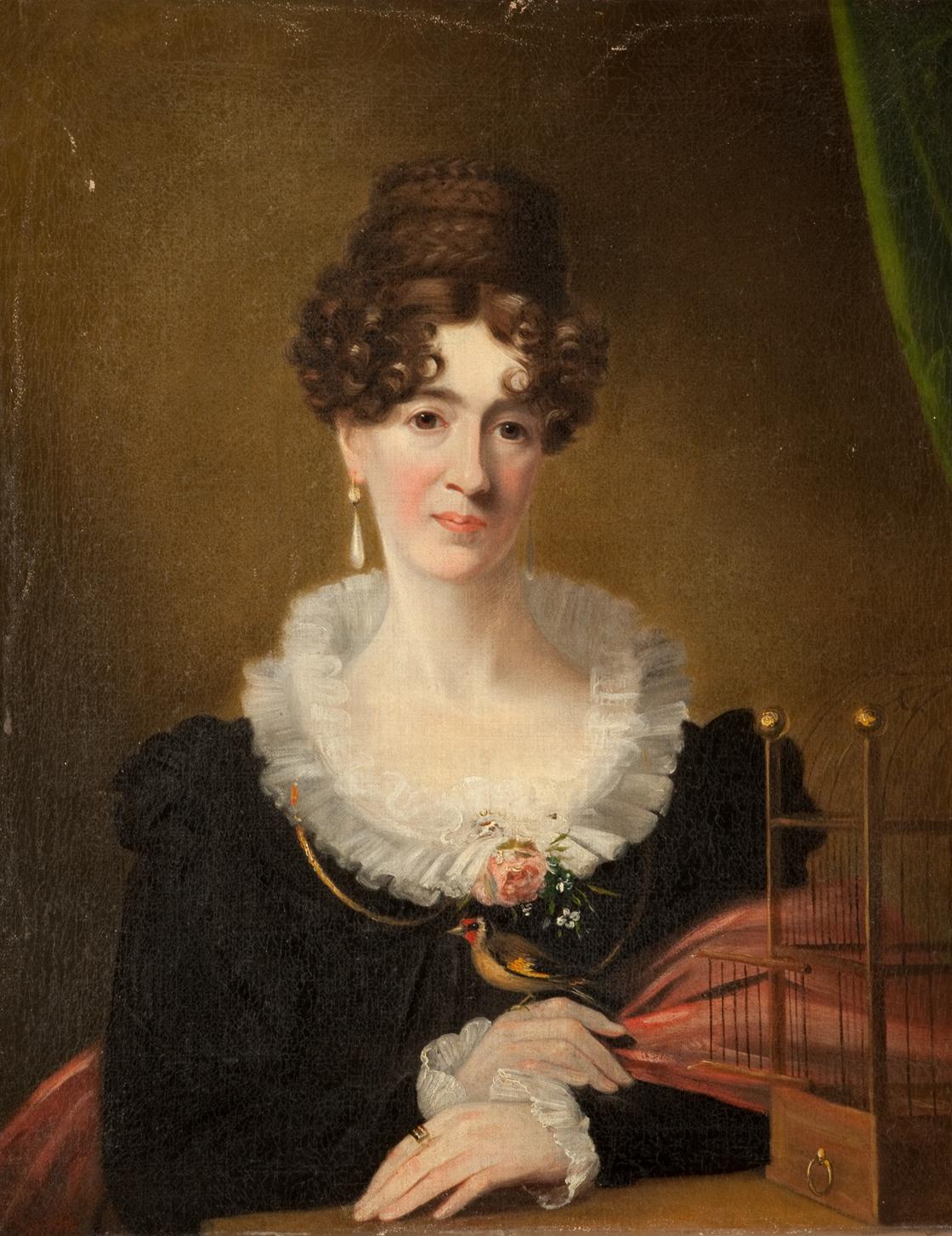

Case File No: 19
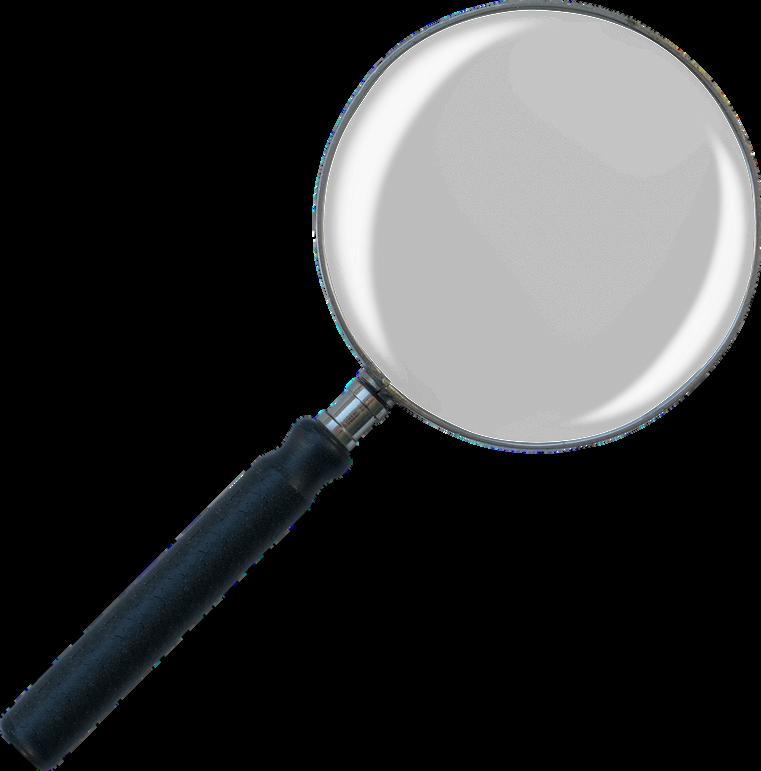
Our museum collection is 100 years old this year. This means that we have been collecting animals for a century. We have ceramic ones, taxidermy ones, fabric ones, painted ones and imagined ones, weird ones and wonderful ones.
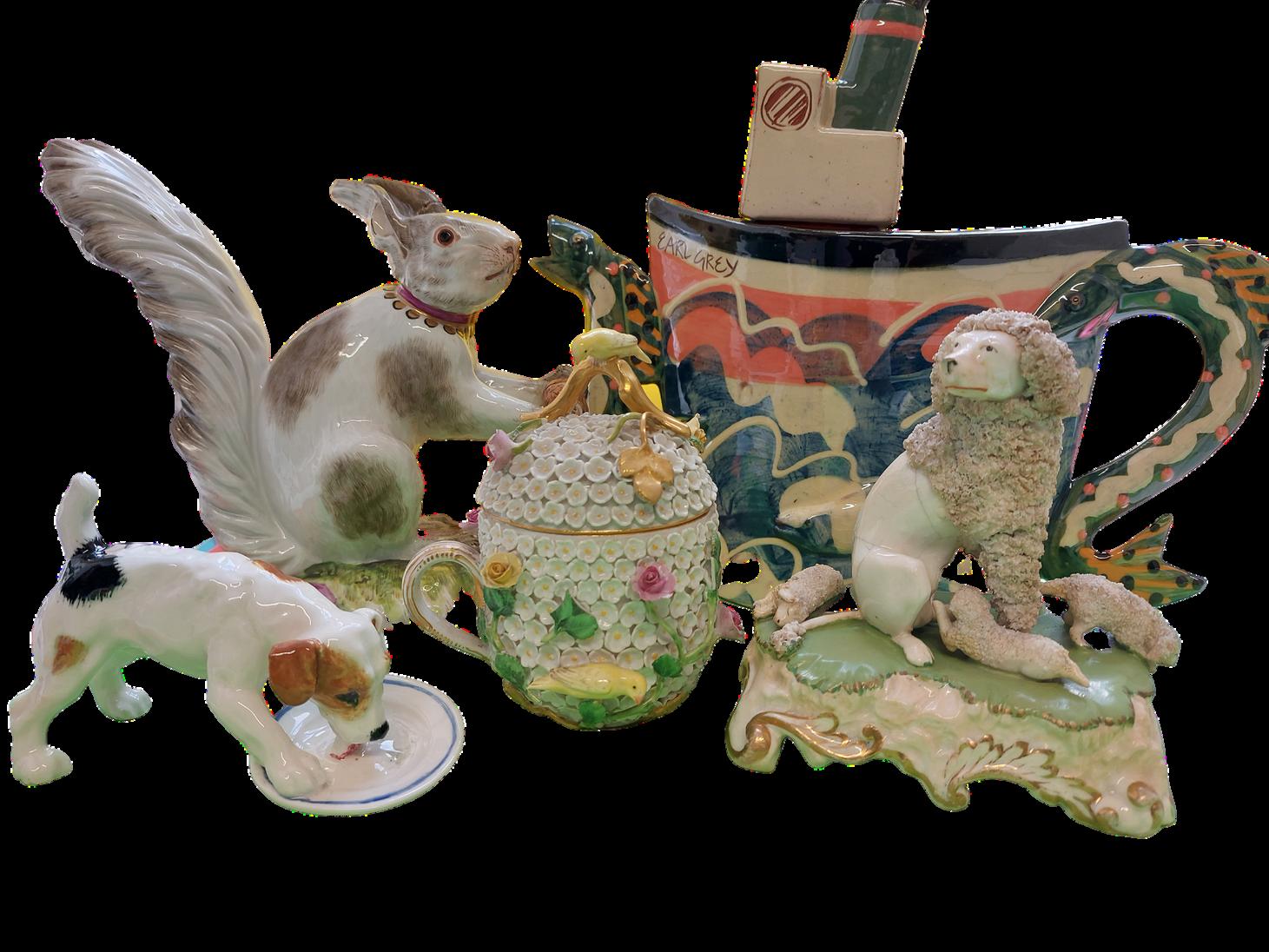

We own almost every animal you can think of from unicorns to lions, kittens to canaries, and this Case File will help you to understand our relationship with animals over thousands of years.
Why did Romans fight with wild animals? What happened to the last Great Auk? We will tell you. You can also find out how one Victorian woman from Lancaster started a campaign to protect birds all over the world, that is still running today.
If you want to see lots of the animals from our collection you can visit Animalia: a century of curious creatures a the City Museum between 25 March and 3 September 2023
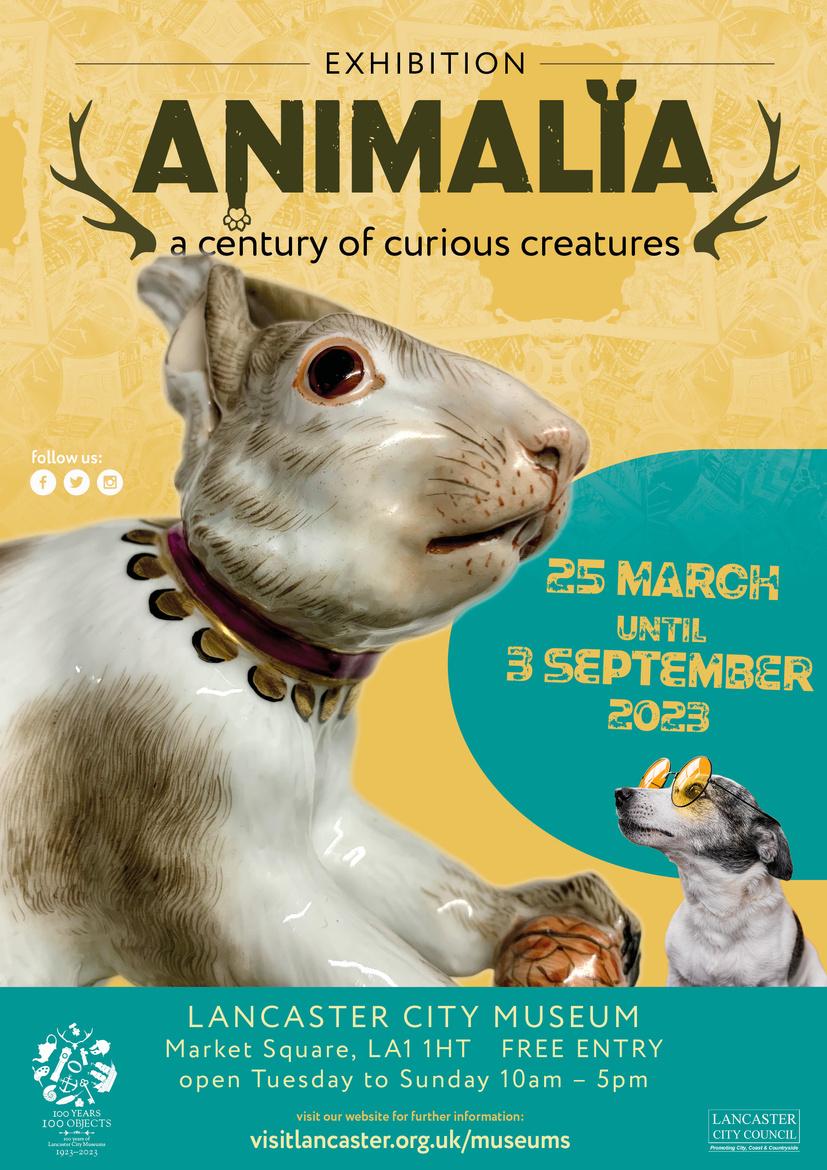
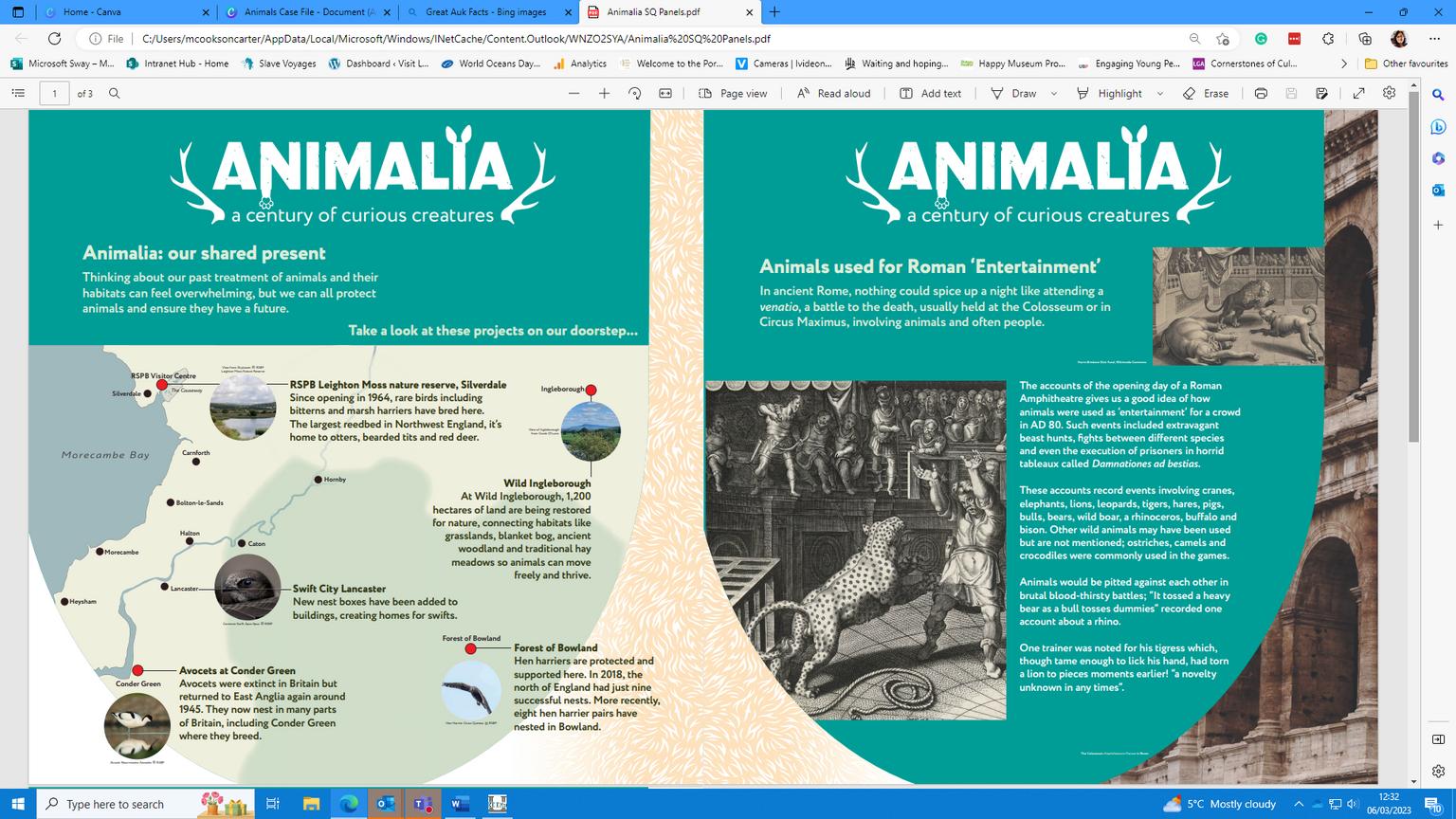
ANIMALS AS SYMBOLS
People have believed in the different meanings of animals for thousands of years, with animals serving as symbols for different things Some have been worshipped as gods, others as good luck charms

Ancient societies passed down legends, stories, and songs about animals Archaeologists have discovered animal figurines buried in tombs around the world, as well as charms that contain bits of feather, fur, claws and teeth Medieval heraldry adopted animal symbolism on family crests to show the values of a family or clan Some old houses have been found to contain mummified cats in the walls, or ox hearts above the door, charms to protect the home from evil spirits
Here are some symbolic animals from our collection:
Stone lions or shishi ( ⽯ 獅 ; shíshī) are common across Asia, where they were thought to protect buildings and people from harmful spirits and people Usually they are a pair, a male and a female They are sometimes known in English as lion dogs or foo (fu) dogs, but they aren’t really dogs at all

The Garuda is a large bird-like creature appearing in both Hindu and Buddhist mythology In India, Indonesia and the rest of Southeast Asia the Garuda is shown with eagle-like features and is the vahana (vehicle) of the god Vishnu It is the national emblem of Thailand and Indonesia.
To the Romans the Eagle symbolised strength, farsightedness, and immortality It was considered to be the king of the air and the messenger of the highest gods In Chinese mythology eagles were also used to symbolize strength Eagle tail feathers were considered a potent charm.

Native Americans consider the bald eagle and the golden eagle to be sacred. Because s are the highest flying birds, they were o be nearer to the Creator

da, only people of certified Native descent who are part of a recognised tribe have the legal right to acquire eagle wings. Anyone not of Native descent found to be in possession of an eagle feather (even if they found it on the ground) or any part of an eagle can face a fine of $250,000!
THELIONANDTHE UNICORN
Both the Lion and the Unicorn have been part of the United Kingdom's history since 1603, when Scotland and England were brought together by King James I of England Even before that they were already symbols in their royal coats of arms, two lions being the emblem of England while two unicorns stood for Scotland

The unicorn is a legendary creature, a white horse with a horn in the middle of its forehead Legends describe this horn as having miraculous powers to cure diseases, get rid of evil and giving life

The lion is a respected animal in many cultures. Its identity as a symbol of power, strength and king of the beasts dates back 5,000 years The lion’s mane is a royal symbol often compared with the rays of the sun
The Lion and the Unicorn is traditional nursery rhyme telling the story of the fight for power between the two kingdoms of England and Scotland.

The lion and the unicorn Were fighting for the crown
The lion beat the unicorn
All around the town.
Some gave them white bread, And some gave them brown; Some gave them plum cake and drummed them out of town.
And when he had beat him out, He beat him in again; He beat him three times over, His power to maintain.
ANIMALS AS PETS
THE TOP 10 MOST INTERESTING UK PET STATISTICS
1. 59% of households in the U.K. own pets.
2. Dogs are the most popular pets, with 12.5 million in the U.K.
3. Cats come in a close second at 12 2 million
4 2% of U K households own indoor birds
5. Domestic fowl (chickens mainly) follow indoor birds closely at 1.1% pet ownership.
6. There are 5 million fish tanks in U.K. households.

[LANLM 1983 43 10]

Male chaffinches were kept as pets because of their beautiful singing voices They learn to sing from older chaffinches and use their song to attract a female during mating season. Keeping chaffinches as pets was outlawed in Britain by the Wild Birds Protection Acts of 1860 – 1896
Chaffinches have dialects! This means tha different areas sing songs. Most male ch know two or three songs
7. The Labrador Retriever is the most popular dog breed in the U.K., with 12% ownership.
8. The most popular breed of cat in the U.K. is the Moggy (a recognised general breed) at 51%
9. It’s estimated that the lifetime cost of owning a dog is £10,000 to £16,000!
10. 2% of U.K. households acquired a pet during the COVID-19 pandemic.
The 1700s was a golden era for squirrel ownership

I'mnot stubborn youare!
I'mnot stubborn youare!
Domesticated animals started out with ones that were useful to humans. Cats could catch rats and mice, dogs would guard property and people, and birds would cheer us up with their singing.


to freeze when threatened or frightened and their strong sense of self-preservation.

 Mary Dalton with a Pet Chaffinch
James Lonsdale (1777-1839)
Mary Dalton with a Pet Chaffinch
James Lonsdale (1777-1839)
ANIMALS IN DANGER
Little Auks (Alle alle) Keith Henderson (1883-1982) [LANLM 1971 46 5]
This watercolour & pastel drawing shows a group of Little Auks standing on rocks. Little Auks are small seabirds, around 20cm long and weighing only 150g or so - about half the size of a puffin. They breed on islands in the High Arctic during the summer but can often be seen overwintering in the British Isles.

Sadly, the Little Auk’s larger relative, the Great Auk, did not fare so well. The bird was around 80cm long and weighed about 5kg. Its down feathers, large eggs and meat were highly sought after by sailors crossing the frozen north in the 1700s and 1800s. The Great Auk was hunted to extinction The last breeding pair on Great Auk Rock (off Iceland’s coast) were killed on 3 June 1844, their one egg smashed by a boot!
78 skins, approximately 75 eggs and 24 complete skeletons of the Great Auk remain in museum collections.

EXTINCT QUIZ

Q: Do you think that museums are important places for teaching people about extinct animals?

Can you match the names to the animals? Which of these do you think used to live in Britain and are now extinct in this country?

WOLF LYNX CHIMPANZEE BROWN BEAR OSTRICH RHINOCEROS HORNBILL ELK
ANIMALS IN DANGER

EXTINCT ANSWERS
RHINOCEROS HORNBILL CHIMPANZEE OSTRICH

How did you get on?
Can you believe that all of the animals below used to live in Britain at one time or another?!
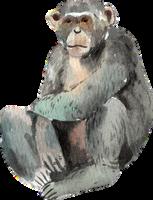

(The Chimpanzee, Rhinoceros Hornbill and the Ostrich didn't.)

It’s not entirely clear when wild native brown bears went extinct in the UK. It could have been as long ago as the Bronze Age or as recent as the medieval period. Remains discovered in a cave in the Yorkshire Dales (not too far from Lancaster) show us that there were still brown bears living in Britain around 425 to 594 AD. However, these bears may have been imported into Britain from Europe by the Romans, for gladiator fighting and other so-called entertainment.


Elk fell into extinction in the UK over 3,000 years ago, in part because of over-hunting. Their meat, skin and antlers were all sought after. This already huge mammal actually has an even bigger extinct ancestor. The Irish elk roamed across Eurasia during the last glacial period (a cold spell marked by extensive glaciation), which ended over 11,000 years ago. From fossil discoveries, we know that its antlers could grow up to 3.5m wide and weighed 20kg each!

Wolves were hunted to extinction by the mid-18th Century The last wolf in England was supposedly killed at Humphrey Head in south Cumbria by the son of notorious wolf-hater (so the story goes) Sir Edgar Harrington. In recent times the population of grey wolves has quadrupled over in mainland Europe. Larger populations can also be found in North America, mainly Canada and Alaska, and Asia.
The Lynx has not been seen in Britain since medieval times. Deforestation was a major factor in the disappearance of the lynx, as it reduced their much-needed cover when hunting and led to a decline in deer populations, a key food source. As well as deer, lynx also ate Arctic hares and lemmings.

ELK
LYNX Thanks to BBC Bitesize for these brilliant animal facts
BROWNBEAR
WOLF
ANIMALS IN DANGER

#nofeathersonmyhead
LLIAMSON
by climate change hers were in high ) to decorate hats s on the brink of favourite species, extinction for the hologists’ Union to e was ignored So persistence began hers She obtained ampaign, and the
and Feather Folk nd by 1898 it had years since Emily ed by parliament, e import of exotic skins


ions marked the birth of a new era of campaigning for hts and conservation. Remembered for her remarkable organisation, her quiet dignity and her lovable disposition, mson's story shows us how one voice can make a difference!
This painting shows Marie Elizabeth Woodhouse surrounded by beautiful living birds. She is using a fan made from bird feathers. This was just the kind of thing that Emily Williamson wanted to stop.

Victorian artists like Woodhouse often painted stuffed birds This allowed them to study the birds’ feathers and patterns. Preserving birds and animals was seen as a way of studying them better
You can see that she is sitting on a tiger skin rug These were often used to decorate people's homes in Victorian times, as men would go to India to hunt and bring back the skins as trophies. Tigers are now, thankfully, a protected species
 Marie Elizabeth, the Artist’s Wife William Woodhouse (1857-1939) [LANLM 1996 50 19]
Marie Elizabeth, the Artist’s Wife William Woodhouse (1857-1939) [LANLM 1996 50 19]
ANIMALS AS 'ENTERTAINMENT'
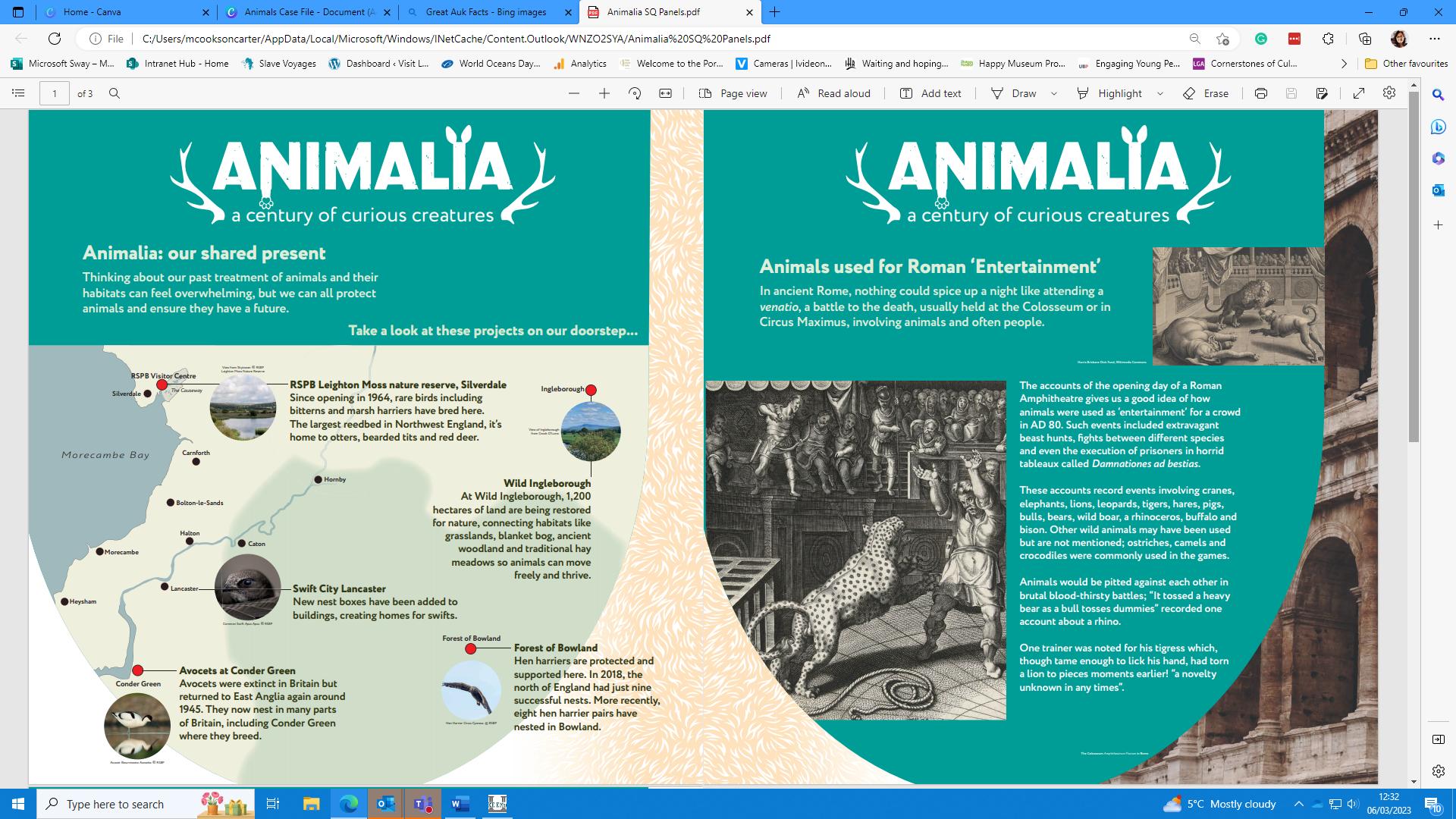
It is thought that the Romans brought several species of animals to Britain with them, including:

Brown Hare, Roman Snail, Peacocks, Guinea Fowl, Pheasants, Domestic Cats and possibly Fallow Deer.


YOUR MISSION...




Look for this Roman terracotta tile found at Quernmore. It is from our collection and can be found somewhere in the Animalia exhibition at the City Museum.
Can you see the dog's paw print on th bottom right hand side? It must have walked across the wet clay when it wa out in the sun drying.
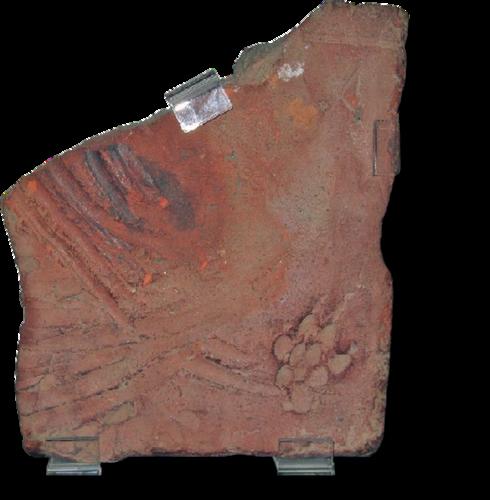
(LM)ARCH 2009 17
ANIMALS AS 'ENTERTAINMENT'




We still use animals for entertainment, like donkeys on the beach, but it is no longer acceptable that animals should be subjected to the conditions of circus life. This is because of the constant travelling, the cramped transport, the small temporary housing, forced training and performance. The loud noises and crowds of people are often upsetting or frightening for animals So, from January 2020 the use of wild animals in circuses was banned in England under the Wild Animals in Circuses Act 2019.

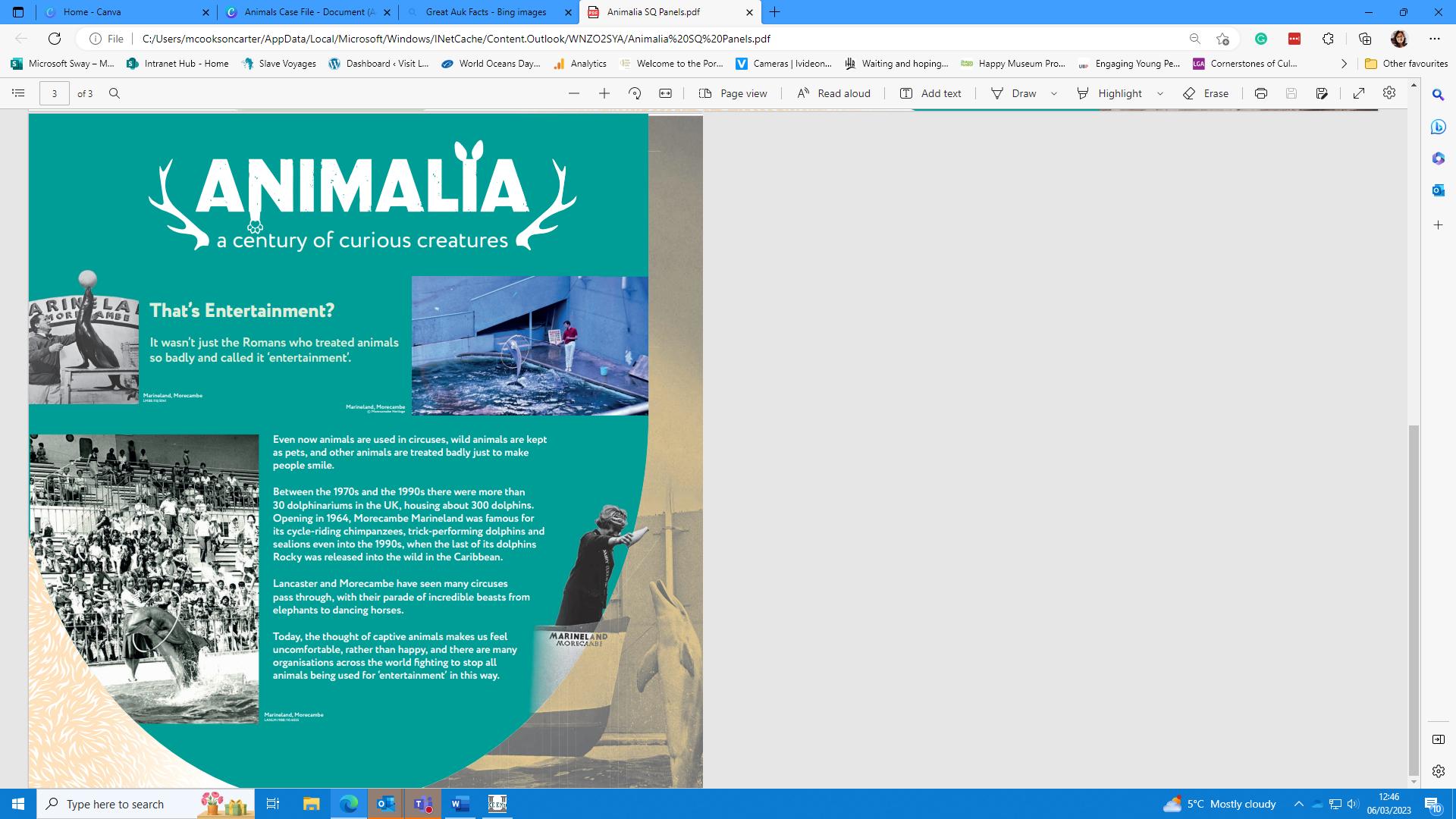
Wild circus animals are usually captive-bred, but this doesn't mean that they're tame It takes thousands of years for animals to become domesticated Captive animals can't behave, socialise or get enough exercise as they would in the wild. Many animals develop problems as a result of the captive life that they are forced to lead.
 Pictures of Marineland, Morecambe from our colllection
Pictures of Marineland, Morecambe from our colllection
OUR NEW RELATIONSHIP WITH ANIMALS
Today, we think very differently about animals and how humans treat them, compared to even 20 or 30 years go. Captive animals in circuses are a thing of the past and most zoos have active breeding programmes to try to ensure that no animal will ever go extinct again because of humans.

This is why museum collections are really important too. They show us how far we have come and how we can avoid making the same mistakes again Even taxidermy collections are important. They show us animals that are now extinct or endangered, and we can study them without anyone killing any more of them.
There are lots of projects protecting wildlife and habitats:
It is illegal to buy and sell ivory. To help stop poaching of elephants, Lancaster University are using some of our historic ivory objects from the collection (like the frog and tortoise tug-o-war figurine above) to build a database of old ivory.

This will help authorities in Africa to identify whether seized ivory is old or new and where it comes from.

They are using a special scientific technique called Raman Spectroscopy!

ESCAPE THE MAZE


Mole has invited to to a lunch of slugs and earthworms. Can you follow her tunnels to find mole's home?



OSTRICH BEAR
EMILY WILLIAMSON
ROMAN SNAIL

CHAFFINCH LYNX
TAXIDERMY AUK
DOLPHIN
CHIMPANZEE RSPB
PEACOCK
PAW PRINT ELK
BROWN BEAR
SPOT THE DIFFERENCE
ANIMAL MAGIC PUZZLE PAGE WORDSEARCH
Start WELL DONE!
NEXT CASE FILE: PREHISTORY
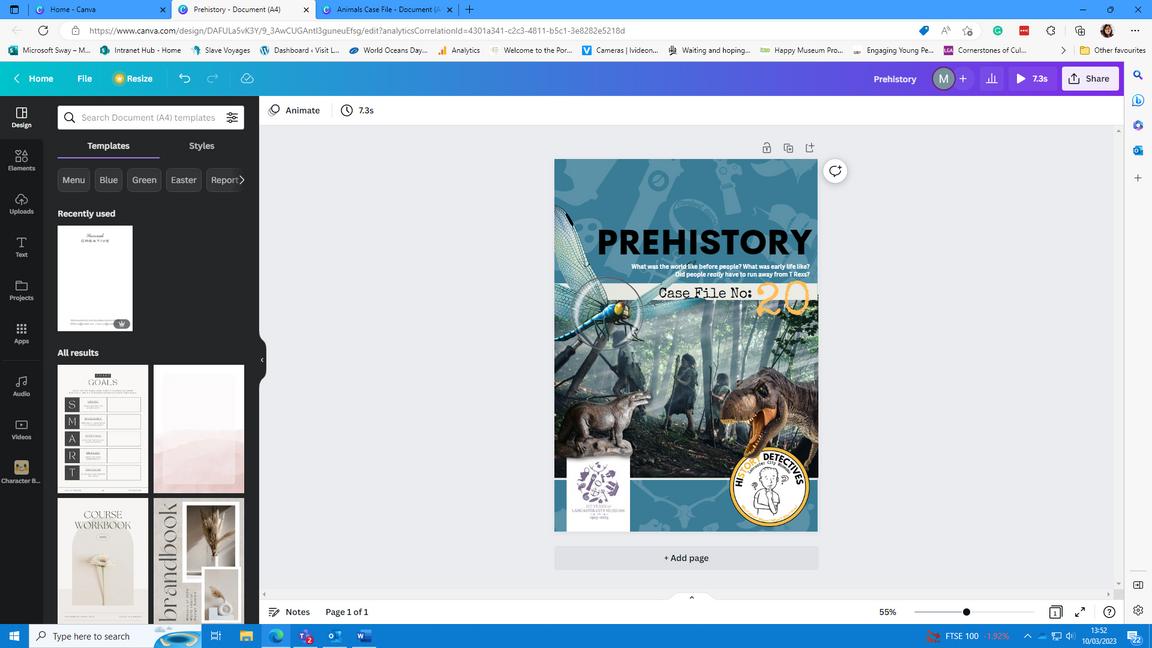

DUE
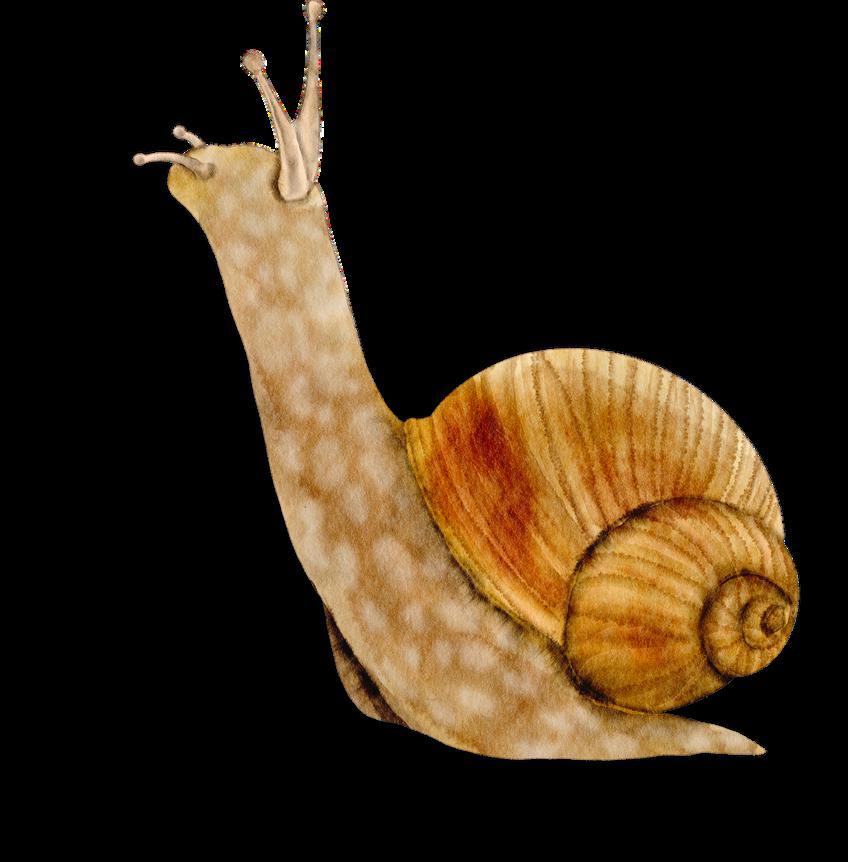
I think I've bitten off more than I can chew!
LOGO BELONG TO LANCASTER CITY MUSEUMS




You may reproduce and print this document, giving credit to Lancaster City Museums.
Except where otherwise noted all images are reproduced un under the Creative Commons Attribution license All efforts to trace copyright holders have been made but if you note we have included an image without credit that you have rights to, please contact us CONTACT US HistoryDetectives@lancaster.gov.uk
visitlancaster.org.uk/museums
HISTORY DETECTIVES AND THE HISTORY DETECTIVES
RIGHTS STATEMENT
OUT
FRIDAY 12 MAY 2023























 Mary Dalton with a Pet Chaffinch
James Lonsdale (1777-1839)
Mary Dalton with a Pet Chaffinch
James Lonsdale (1777-1839)











 Marie Elizabeth, the Artist’s Wife William Woodhouse (1857-1939) [LANLM 1996 50 19]
Marie Elizabeth, the Artist’s Wife William Woodhouse (1857-1939) [LANLM 1996 50 19]

















